#SOUTH AMERICA
Explore tagged Tumblr posts
Text

Long-wattled Umbrellabird (Cephalopterus penduliger), family Cotingidae, order Passeriformes, found in Ecuador and Colombia
photograph by Glenn Bartley
697 notes
·
View notes
Text
I know a white bison calf means hope. What does a white capy mean?

Albino CAPY!!!
41K notes
·
View notes
Text
youtube
Mountain Tapir (Tapirus pinchaque) in the Andes of Colombia
Watch as this curious tapir investigates a strange bipedal primate.
The mountain tapir is an endangered species from the northern Andes of South America. Between south American large mammals, it's maybe the most endangered species that inhabits this area.
via: Tapir World
29 notes
·
View notes
Text

#xiaohongshu#xiaohongshu for you#rednote#xhs#best of xhs#best of rednote#best of xiaohongshu#not chinese#brazil#Brazilian#asalato#mari merenda#women of color#south america
23 notes
·
View notes
Text
hey!! this is pretty accurate!! it's really nice that you took note of all this bskfbsbdn i started reading kind of skeptically because i've seen so many people kind of,,, butcher it jjj but you nailed it!!!!!!!
castellano rioplatense can be kind of hard but it's a very fun dialect. it also changes with the region!!! montevidean accents are the most """neutral""" and """easy to learn""" but the ones on the rest of the country are really interesting!!!!!!!!!!!!!!!!!!!!!!!!!! look into rivera, artigas and canelones (they're my favorite) (very biased)
How to speak like a real Uruguayan
*Disclaimer* I am not Uruguayan and I don’t pretend to know everything about the language. I just want to share my love for the “castellano rioplatense” and some things I learned about it as I’ve now been living in Uruguay for 4 months :)
Ch
In Uruguay, “Y” and “LL” is pronounced “ch/sh”. Like for example, “playa” -> placha, “tortilla” -> torticha, “calle” -> cache, “yo” -> cho. It’s a bit difficult to understand at first, but after a few weeks I got used to it and I even started to speak like that!
Ta
Uruguayans often end their sentences with “ta”, it basically means “that’s it”, like the French “voilà” or can also mean “OK”
Che
They use “che” a lot to call someone, to get their attention
Vos / ustedes
In Uruguay, like in most South American countries, people don’t use “tu” and “vosotros”. Instead of “tu”, they use “vos”, and instead of “vosotros”, they use “ustedes”
Conjugations
As they use vos and ustedes, the conjugations are a bit different too, it’s called being “voseantes”. For example, you may have learnt in Spanish class that “you can” is said “tu puedes”. But in Uruguay, they would say “vos podés”. It’s the same for you say: “tu dices” becomes “vos decís”. And it goes like this for every verb with a diphthong. Also “tu eres” would be “vos sos”.
Re
Re is a prefix Uruguayans use to put an emphasis on the world and to show that something is great, for example I heard a lot of times “relindo”, “recool”, “rebien”, “reloco”…
Holi
Uruguayans often greet people with a friendly “Holiiii”. It’s a casual way to say hello, like when English speakers say “hey” instead of hello.
Pa’, Vamo’…
Uruguayans also tend to “eat” the end of the words, for instance instead of saying “para”, they would say “pa’” and they sometimes don’t say the s at the end of the words, like “vamo’” instead of “vamos”
Vamo’ arriba
At first I thought they only said it for football (vamos arriba la Celeste) but in reality they say it all the time, for example when a teacher wants to motivate us he would say “vamo’ arriba”, it’s a bit like “let’s keep going”
Todo bien
“Everything’s alright”, “it’s cool”, it’s a little idiom they say all the time
Tranqui
Short for “tranquilo”, which means cool/chill. “Como estas?” “Tranqui y tu?”
Me mataste / Me muero
Literally, “me mataste” means “you killed me” and “me muero” means “I’m dying”. As I’m French it seems normal to me because I often say stuff like “tu m’a tué”, “mort de rire” etc but for people from other countries: don’t worry your friend is not dying it’s just a way to exagerate in conversations.
Esta divino el dia
It’s one of the Uruguayan idiom I love the most, it basically mean “it’s a lovely day”, they say it all the time and it’s super cute :)
Some vocabulary:
Championes- Zapatos deportivos (sneakers) La Celeste - The national football team La Garra charrua - Their way of playing football Mantequa - Mantequilla (butter) Frutilla - Fresa (strawberry) Guri - Chico (Kid) Pila - Mucho (a lot) Bondi - Autobús (bus) Un bolazo - Una mentira (a lie/an exageration) Como andas? - Como estas? (How are you?)
769 notes
·
View notes
Text
some recents ♡


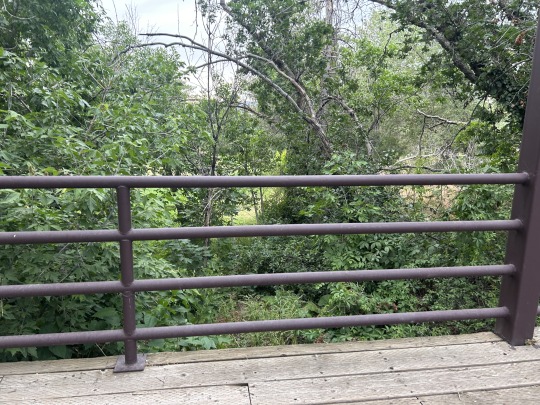


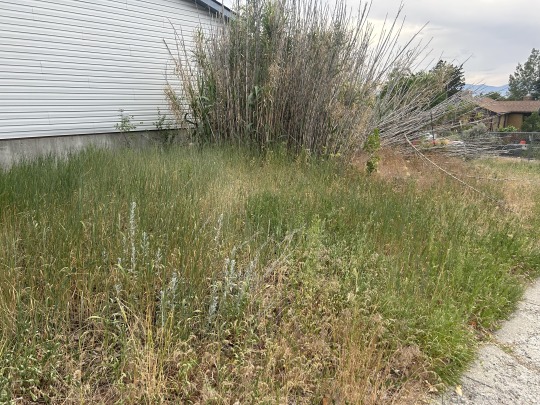
#mine#nature photography#photography#rural#southern#south america#midwest#small town america#ethel cain#hayden anhedönia#willoughby tucker#preachers daughter#ethelcore#mother ethel#nettles#mother cain#rural photography#southern aesthetic#southern gothic#abandoned#country#countryside#photo dump
20 notes
·
View notes
Text


Pictured: Luis Cassiano is the founder of Teto Verde Favela, a nonprofit that teaches favela residents in Rio de Janeiro, Brazil, how to build their own green roofs as a way to beat the heat. He's photographed at his house, which has a green roof.
Article
"Cassiano is the founder of Teto Verde Favela, a nonprofit that teaches favela residents how to build their own green roofs as a way to beat the heat without overloading electrical grids or spending money on fans and air conditioners. He came across the concept over a decade ago while researching how to make his own home bearable during a particularly scorching summer in Rio.
A method that's been around for thousands of years and that was perfected in Germany in the 1960s and 1970s, green roofs weren't uncommon in more affluent neighborhoods when Cassiano first heard about them. But in Rio's more than 1,000 low-income favelas, their high cost and heavy weight meant they weren't even considered a possibility.
That is, until Cassiano decided to team up with a civil engineer who was looking at green roofs as part of his doctoral thesis to figure out a way to make them both safe and affordable for favela residents. Over the next 10 years, his nonprofit was born and green roofs started popping up around the Parque Arará community, on everything from homes and day care centers, to bus stops and food trucks.
When Gomes da Silva heard the story of Teto Verde Favela, he decided then and there that he wanted his home to be the group's next project, not just to cool his own home, but to spread the word to his neighbors about how green roofs could benefit their community and others like it.

Pictured: Jessica Tapre repairs a green roof in a bus stop in Benfica, Rio de Janeiro, Brazil.
Relief for a heat island
Like many low-income urban communities, Parque Arará is considered a heat island, an area without greenery that is more likely to suffer from extreme heat. A 2015 study from the Federal Rural University of Rio de Janeiro showed a 36-degree difference in land surface temperatures between the city's warmest neighborhoods and nearby vegetated areas. It also found that land surface temperatures in Rio's heat islands had increased by 3 degrees over the previous decade.
That kind of extreme heat can weigh heavily on human health, causing increased rates of dehydration and heat stroke; exacerbating chronic health conditions, like respiratory disorders; impacting brain function; and, ultimately, leading to death.
But with green roofs, less heat is absorbed than with other low-cost roofing materials common in favelas, such as asbestos tiles and corrugated steel sheets, which conduct extreme heat. The sustainable infrastructure also allows for evapotranspiration, a process in which plant roots absorb water and release it as vapor through their leaves, cooling the air in a similar way as sweating does for humans.
The plant-covered roofs can also dampen noise pollution, improve building energy efficiency, prevent flooding by reducing storm water runoff and ease anxiety.
"Just being able to see the greenery is good for mental health," says Marcelo Kozmhinsky, an agronomic engineer in Recife who specializes in sustainable landscaping. "Green roofs have so many positive effects on overall well-being and can be built to so many different specifications. There really are endless possibilities.""
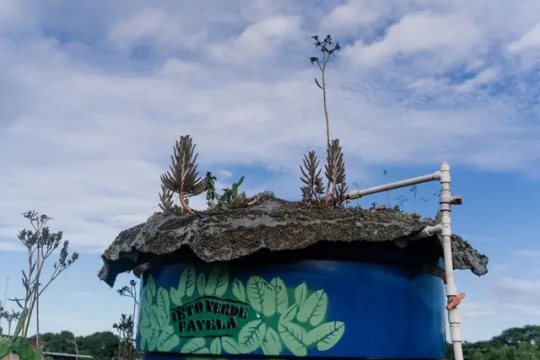
Pictured: Summer heat has been known to melt water tanks during the summer in Rio, which runs from December to March. Pictured is the water tank at Luis Cassiano's house. He covered the tank with bidim, a lightweight material conducive for plantings that will keep things cool.
A lightweight solution
But the several layers required for traditional green roofs — each with its own purpose, like insulation or drainage — can make them quite heavy.
For favelas like Parque Arará, that can be a problem.
"When the elite build, they plan," says Cassiano. "They already consider putting green roofs on new buildings, and old buildings are built to code. But not in the favela. Everything here is low-cost and goes up any way it can."
Without the oversight of engineers or architects, and made with everything from wood scraps and daub, to bricks and cinder blocks, construction in favelas can't necessarily bear the weight of all the layers of a conventional green roof.
That's where the bidim comes in. Lightweight and conducive to plant growth — the roofs are hydroponic, so no soil is needed — it was the perfect material to make green roofs possible in Parque Arará. (Cassiano reiterates that safety comes first with any green roof he helps build. An engineer or architect is always consulted before Teto Verde Favela starts a project.)
And it was cheap. Because of the bidim and the vinyl sheets used as waterproof screening (as opposed to the traditional asphalt blanket), Cassiano's green roofs cost just 5 Brazilian reais, or $1, per square foot. A conventional green roof can cost as much as 53 Brazilian reais, or $11, for the same amount of space.
"It's about making something that has such important health and social benefits possible for everyone," says Ananda Stroke, an environmental engineering student at the Federal University of Rio de Janeiro who volunteers with Teto Verde Favela. "Everyone deserves to have access to green roofs, especially people who live in heat islands. They're the ones who need them the most." ...
It hasn't been long since Cassiano and the volunteers helped put the green roof on his house, but he can already feel the difference. It's similar, says Gomes da Silva, to the green roof-covered moto-taxi stand where he sometimes waits for a ride.
"It used to be unbearable when it was really hot out," he says. "But now it's cool enough that I can relax. Now I can breathe again."
-via NPR, January 25, 2025
#architecture#sustainable architecture#heat islands#urban heat#brazil#brasil#south america#favela#rio de janeiro#green roof#plants#climate action#climate adaptation#infrastructure#good news#hope#solarpunk
8K notes
·
View notes
Text



Fire skies
Desierto de Atacama, Copiapó, Chile.
#photography#art#nature photography#photographers on tumblr#landscape photography#sunset photography#clouds photography#artists on tumblr#forest photography#summer photography#travel photography#landscapes#desierto#atacama#chile#adventure#mountains#aesthetics#lensblr#south america#nature#cloudscape
6K notes
·
View notes
Text
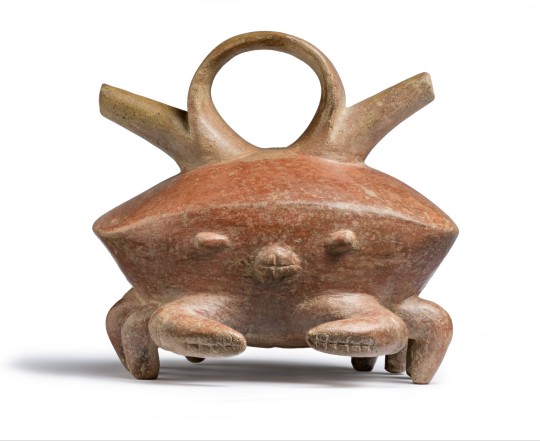
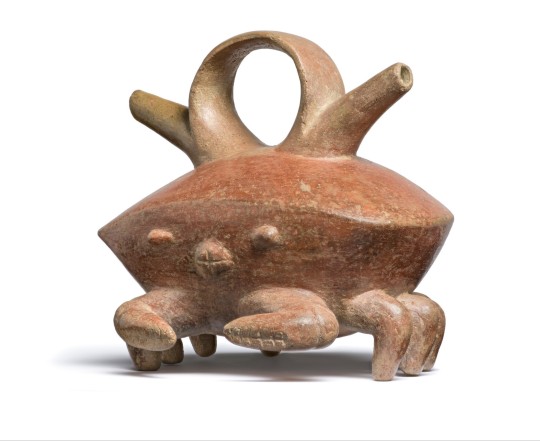
~ Crab Vessel with Double Spout.
Place of origin: Colombia, Calima Region
Period: Ilama Period
Date: 1500 B.C.-A.D. 100
Medium: Ceramics
#ancient#ancient art#history#museum#archeology#ancient history#archaeology#ancient pottery#pottery#south america#crab#crab vessel#calima#Colombia#pre columbian#Ilama Period#1500 b.c.#a.d. 100
25K notes
·
View notes
Text



The details, man. The DETAILS!! >w<
3K notes
·
View notes
Text
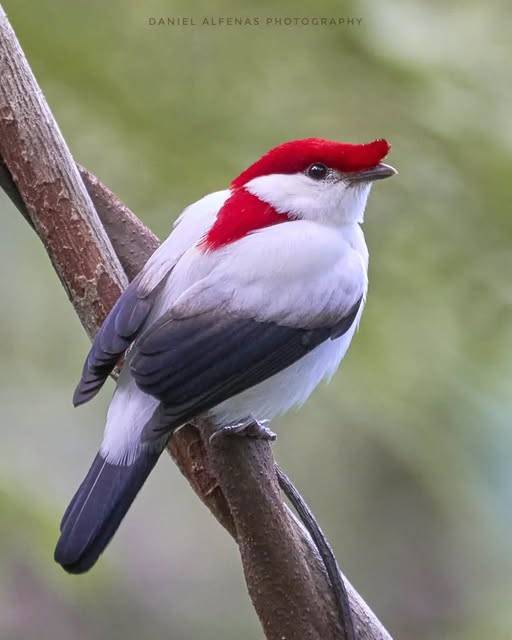
Araripe Manakin (Antilophia bokermanni), male, family Pipridae, order Passeriformes, endemic to Brazil
ENDANGERED.
photograph by Daniel Alfenas
422 notes
·
View notes
Text

Zelda Goddess Statue spotted in the middle of São Paulo, Brazil
#zelda#brazil#nintendo#breath of the wild#botw#tears of the kingdom#totk#switch#nintendo switch#legend of zelda#gaming#video games#goddess statue#brasil#south america#link#princess zelda#hyrule#loz#sao paulo
5K notes
·
View notes
Text

Albino CAPY!!!
41K notes
·
View notes
Text




Puma or Cougar or Mountain Lion (Puma concolor), LEUCISTIC, family Felidae, Serra dos Órgãos National Park, Brazil
photos via: Lucas Gonçalves da Silva
8K notes
·
View notes
Text

Marsh deer Blastocerus dichotomus
With cattle tyrant Machetornis rixosa
Observed by diegokondratzky, CC BY-NC
#Blastocerus dichotomus#marsh deer#Cervidae#deer#Machetornis rixosa#cattle tyrant#bird#passerine#non-ungulate#South America#Argentina
973 notes
·
View notes